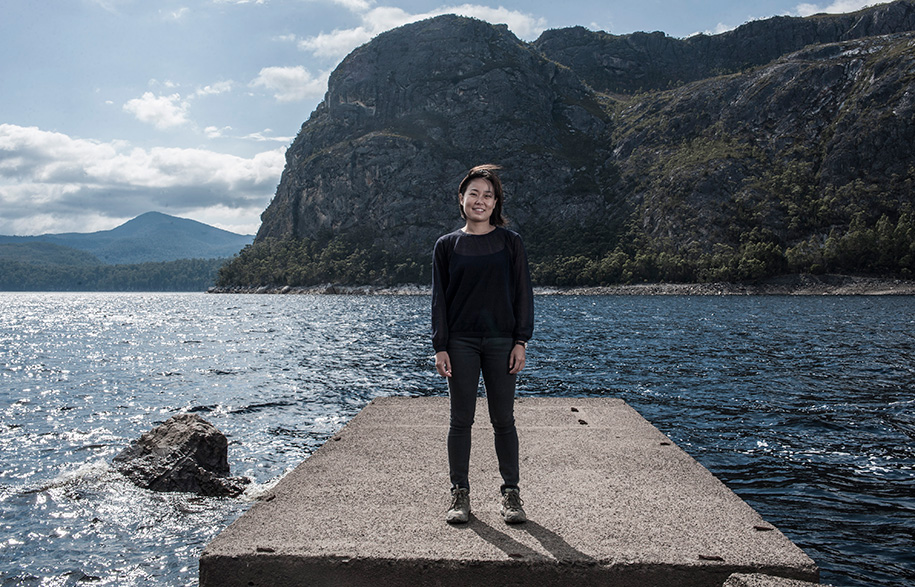Dessein is three years old. What are your goals and how are you meeting them?
We are constantly looking how we can best service the residential and hospitality markets with great design. But specifically we’re interested in looking at ways to assist Australian designers make their mark in the industry. To this end we’re very focused on extending our network of manufacturers in Australia which is a huge challenge and a big undertaking for a company of any size but particularly for a small one in start-up mode. Even though we’ve been in the market for three years now we still consider ourselves new. We are changing and evolving as we adapt. The key to being a successful brand is dynamism, to roll with the changing conditions as they arise.
How do you see the next three years unfurling?
The future of Dessein lies in our ability to take onboard the comments and feedback and try to create systems or protocols that work for us as a business. That is, sculpting systems that work for us, not so much working just to supply the industry with great design but to finesse the workings behind the business. It’s a matter of producing well thought out and well produced design, but at the same time creating a sustainable company in every sense.
Is the complexity of your business model Dessein’s USP?
Our business model sets us apart from any other company out there. I don’t know of any other company willing to engage on so many levels in one go, and to do it well. We’re trying to create a platform for designers to produce work for industry but also for the general public and we are marketing ourselves as an affordable luxury lifestyle brand. I’m fairly convinced there are big brands in Europe which do this kind of thing, but not so much in Australia. So our offer is unique.
You began as an online offer, with a traveling show of pop-up shops across the country. Is that sustainable?
We are retaining the e-commerce platform because we intend to extend internationally in the not too distant future. We do want to at some point to wholesale to distributors and agents, but that entails reconsidering our price points in order to generate a very solid revenue plan.
Three years in the running, do you have a sense of who your customer is?
The Dessein customer is someone who is very up-to-date with the design scene, of course, but who also has an appreciation of the back story, the work that goes on behind the product. A person who understands what good design really is. We have a lot of interior designers specifying us to their clients, so effectively they operate as our interface with the end-user. They understand quality and they also know the designers we work with.
You launched the Pieman collection last year, featuring furniture and objects designed by Simon Ancher, Nathan Day, Tom Fereday and Marcus Piper using Tasmanian hydrowood. How successful has it been at wholesale?
It’s going really well. There has been a long period of testing the prototypes and refining the products. They’ve gone through several iterations to make them commercially viable. Obviously, manufacturing in Australia is very different from manufacturing in Asia where everything is done in house under one roof. In Australia you have to source and coordinate the different companies that not only specialize in but excel in the various component that go into making a finished product. Then you have the whole process of post-production as well, which has its own set of complexities.
Do you consider that there is a stable of Dessein designers?
When we select designers to create a piece or a collection, it sets in motion a rich exchange from which we all learn. We are very supportive of Australian designers and we think all of the designers who work with us also show strong support for Dessein. It’s a mutually engaged relationship that we are proud of.
Michele Chow was In Conversation with… Stephen Todd.
Portrait by Chris Crerar

